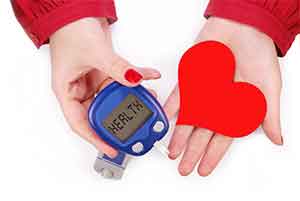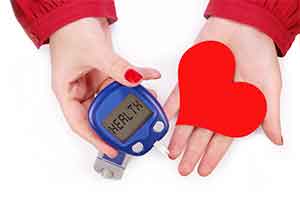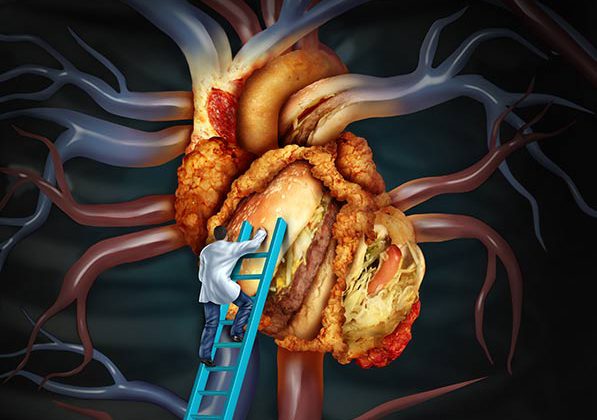Study shows benefit of improved glucose control on reducing risk of heart attack, stroke, and blindness

 New research presented at this year’s European Association for the Study of Diabetes (EASD) meeting shows how improving blood sugar control by treating patients with type 2 diabetes reduces the rates of various complications, including heart attack and stroke (macrovascular events), and blindness and amputation (microvascular events). The study is by Dr Samiul A. Mostafa, Diabetes Trials Unit, University of Oxford, Oxford, UK and colleagues.
New research presented at this year’s European Association for the Study of Diabetes (EASD) meeting shows how improving blood sugar control by treating patients with type 2 diabetes reduces the rates of various complications, including heart attack and stroke (macrovascular events), and blindness and amputation (microvascular events). The study is by Dr Samiul A. Mostafa, Diabetes Trials Unit, University of Oxford, Oxford, UK and colleagues.
Randomised controlled trials and meta-analyses of glucose lowering in type 2 diabetes mellitus (T2DM) demonstrate reductions in microvascular outcomes and modest reductions in macrovascular complications. International guidelines recommend individualisation of HbA1c targets (which measure blood sugar control); however, few data are available on the potential benefits that different blood sugar control targets might achieve. In this new study, the authors estimated 10-year risks for micro- and macrovascular T2DM complications when targeting a number of different HbA1c levels between 10% and 6% to quantify the likely incremental benefits.
The authors used the United Kingdom Prospective Diabetes Study (UKPDS) Outcomes Model version 2.0 to simulate the total burden of disease over an extrapolated lifetime for people with T2DM. The model was constructed using 89,760 patient-years of data from the 30-year-long UKPDS. Model equations are based on patient-level data with a median follow-up of 17.6 years. These data were used to estimate 10-year event rates for myocardial infarction (heart attack), stroke, blindness and amputation for a current population with T2DM and cardiovascular disease enrolled in the Trial Evaluating Cardiovascular Outcomes with Sitagliptin (TECOS), a study of just under 15,000 patients from 38 countries.
Complete baseline risk factor values for age, sex, ethnicity, systolic blood pressure, good cholesterol (HDL), bad cholesterol (LDL), weight, heart rate, haemoglobin, smoking status, presence of albumin in the urine (albuminuria), atrial fibrillation and history of micro- and macrovascular events were available for 5,766 of 14,724 patients enrolled in TECOS. Complication rates were estimated with HbA1c levels held constant at 10%, 9%, 8%, 7% and 6% for each individual whilst maintaining their risk factors at their baseline values. Standard statistical methods were used to calculate relative risk reductions (RRR) of complications at each HbA1c level.
The patients included in the simulation had a mean age of 66 years, T2DM duration 11 years, systolic blood pressure 134 mmHg, LDL 2.3 mmol/l, HDL 1.1 mmol/l, with 28% women, 85% White ethnicity and 11% current smokers.
The risk of complications decreased significantly for each HbA1c decrement from 10% to 6% for all simulated outcomes. RRRs increased to a similar extent for each 1% HbA1c decrease, but numerically were greater for micro- than macrovascular complications. Using the example of someone improving their HbA1c from 10% down to 7% (a common treatment target), the authors estimated this would reduce the risk of heart attack by 15%, stroke by 19.6%, blindness by 37%, and amputation by 52%.
The authors say: “As expected, greater estimated risk reductions were seen with HbA1c lowering for micro- than macrovascular complications. These simulated outcomes provide patients and clinicians a guide to the potential glucose-lowering benefit possible when targeting progressively lower HbA1c values from a baseline of 10%. Running the UKPDS Outcomes Model for individual patients could give personalised risk reduction estimates to help better inform diabetes management.”




